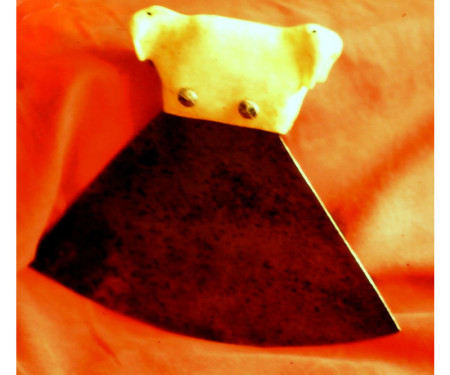
Early Carvings
My Yupik and Inuit students taught me traditional direct-carving techniques in antler, ivory, and soapstone.
The viewer should always have a filter-free opportunity to construct their own interpretation of a work of art. If you wish to explore select works more deeply, click on the link in each gallery for background information, reviews, news accounts, and teaching opportunities.

My Yupik and Inuit students taught me traditional direct-carving techniques in antler, ivory, and soapstone.
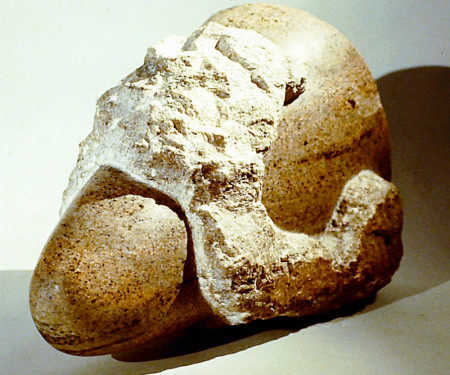
Returning to Vermont, I applied the same direct-carving sensibility to the stones the glaciers discarded in our fields.

To bring my carvings to eye level, I experimented with pedestals that further accentuated the inherent characteristics of a stone.
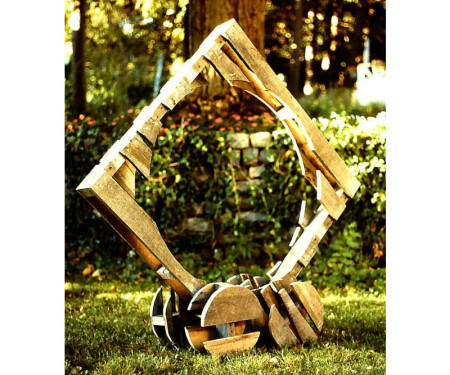
Upon moving to urban neighborhoods around Boston, I “carved” the freight pallets found in abundance.
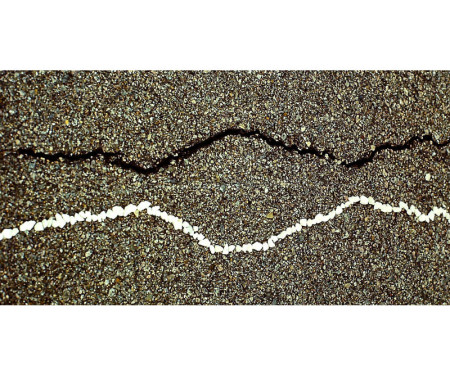
Guerrilla installations used my direct-carving sensibility to explore the characteristics of a site. Repetition became ritual.
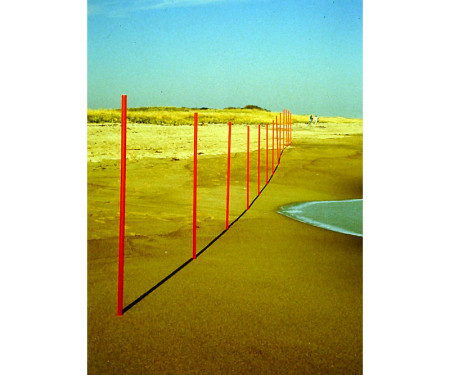
Time-specific installation explored pregnant moments and how moments of alignment could add meaning to a space.
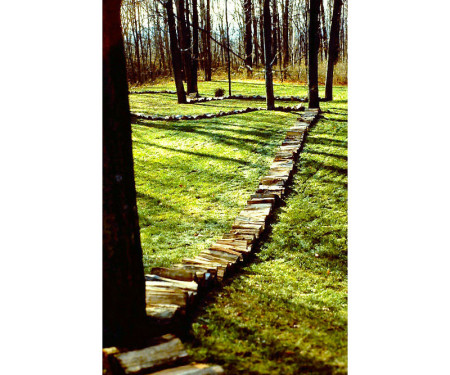
A series of site-specific installations drew inspiration from the social and historical significance of a place.
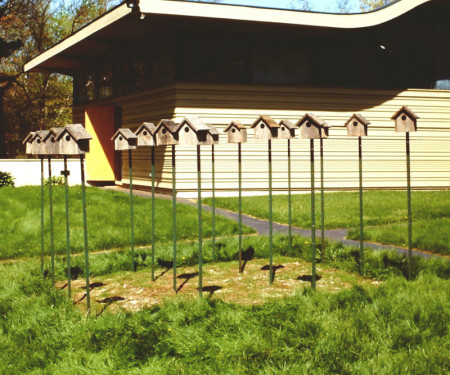
In Silent Suburb, 16 wooden birdhouses, with black circles painted where an entrance hole should be, are arranged in a 4’x4′ grid.

Stacking a Line installations use sand and stone cone formations to explore themes of toil and transience.
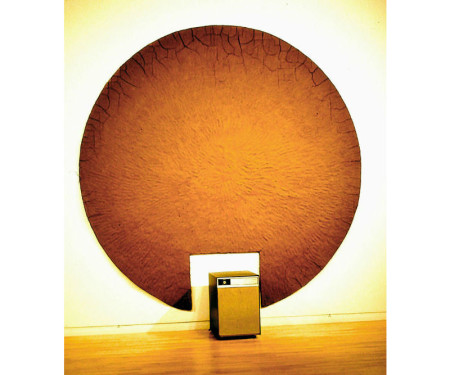
The suck series integrates formations of wet clay with dehumidifiers to trigger natural, dynamic processes.